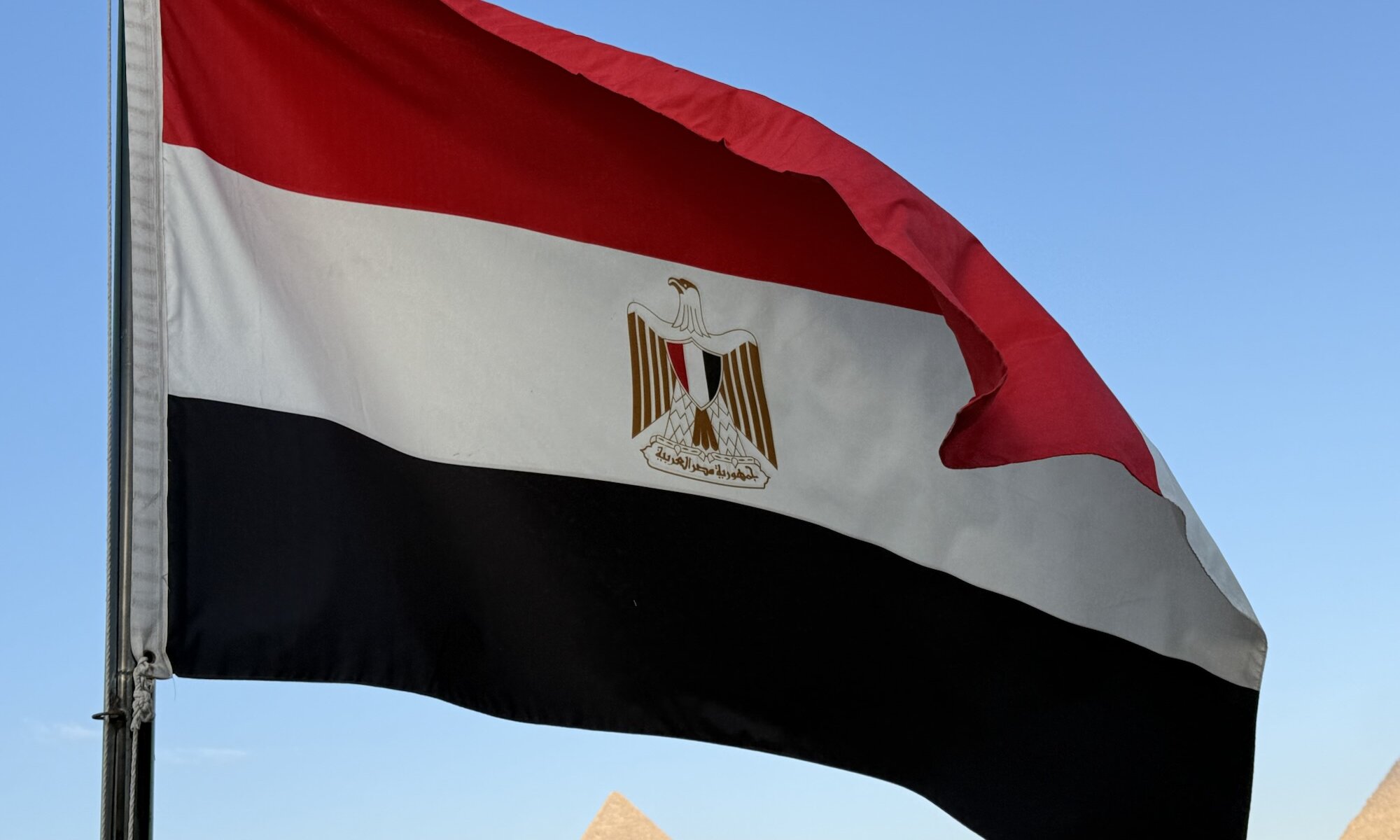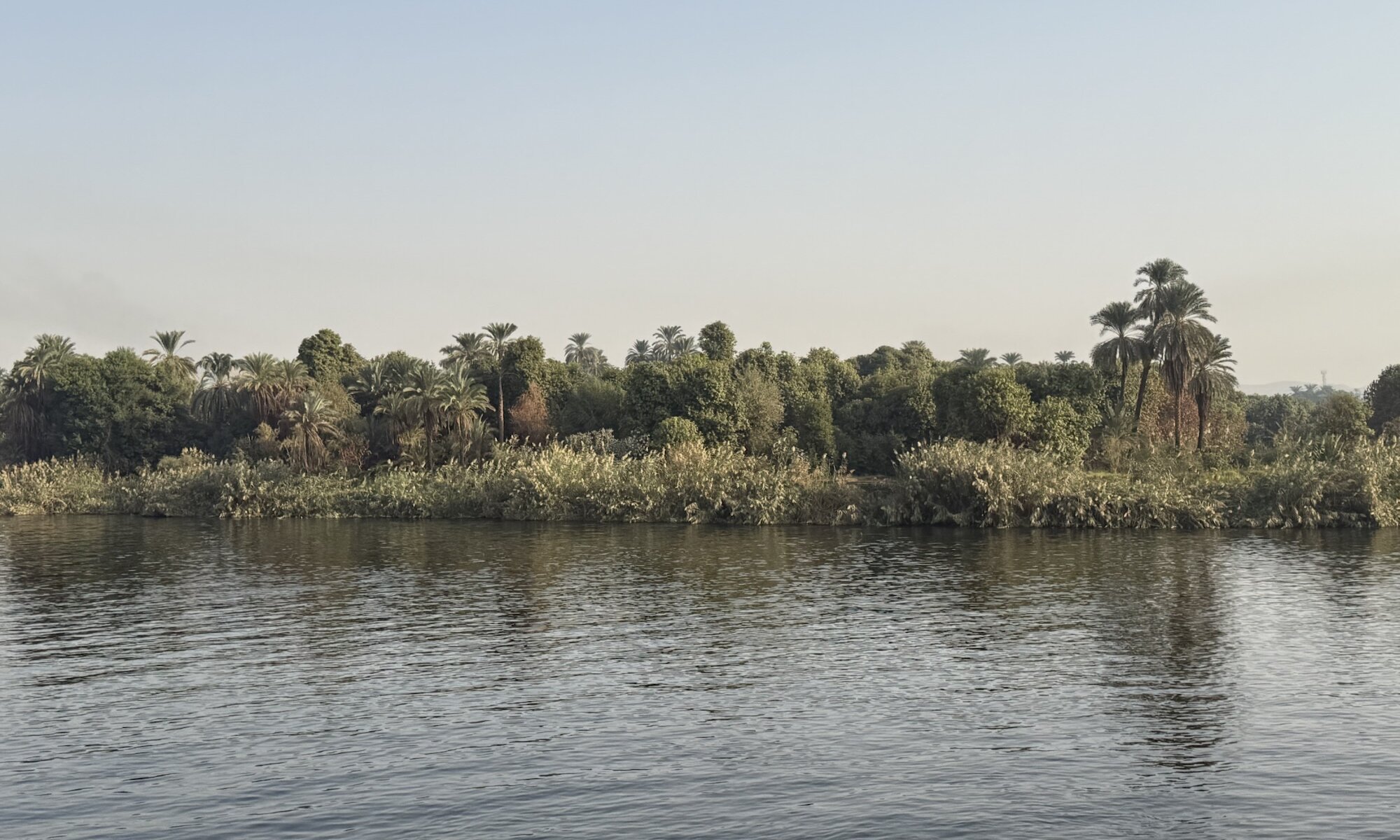Egypt stands as one of the world’s most fascinating destinations, carrying the weight of millennia within its sands and monuments. Often called the cradle of civilisation, it was home to powerful dynasties whose architectural and cultural feats shaped history. From the time of the ancient Pharaohs through the Greek and Roman periods, Egypt maintained a central role in trade, religion, and scholarship. Even in later centuries under Islamic rule, its cities flourished with vibrant learning centres, mosques, and bustling markets. The blend of these eras is still visible today, layered into the landscapes along the Nile.
Continue reading “Miṣr”Nile cruise
The classic Nile cruise from أسوان to الأقصر feels like slipping into a slower rhythm of travel, where the motion of the river sets the pace for everything else. Days fall into a gentle pattern of temple visits in the cool morning, long lunches on board, and lazy afternoons stretched out on the sundeck watching palms, feluccas and riverside villages slide by. Even on a modern five‑star boat, there is a sense of following a very old route, with the call to prayer drifting over the water at dusk and the banks glowing gold as the sun drops behind the desert. By night, the river is quiet, the temples lit in the distance, and you sit over dinner realising that most of the day has been spent simply looking at the Nile.
Continue reading “Nile cruise”Abu Simbel
The Temple of أبو سمبل, an extraordinary archaeological marvel of ancient Egypt, was commissioned by Pharaoh Ramesses II in the 13th century BCE during the New Kingdom period. Situated in Nubia near the present-day border of Sudan, it was built to demonstrate Ramesses II’s power, solidify his presence in the region, and honour prominent Egyptian deities such as Amun, Ra-Horakhty, and Ptah, as well as the pharaoh himself. The grandiose complex comprises two rock-cut temples: the Great Temple dedicated to Ramesses II and the smaller temple dedicated to his queen, Nefertari, which is notably one of the few Egyptian temples honouring a queen as an equal to the pharaoh. The temple walls vividly depict Ramesses’ military victories, including the famous Battle of Kadesh, marking the site as as much a monument of power as it was one of religious devotion.
Continue reading “Abu Simbel”


